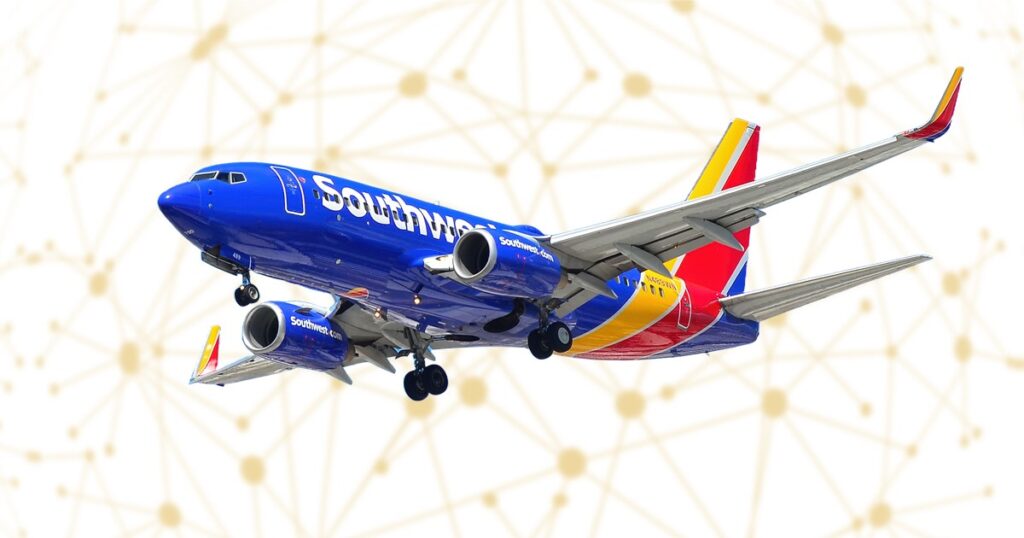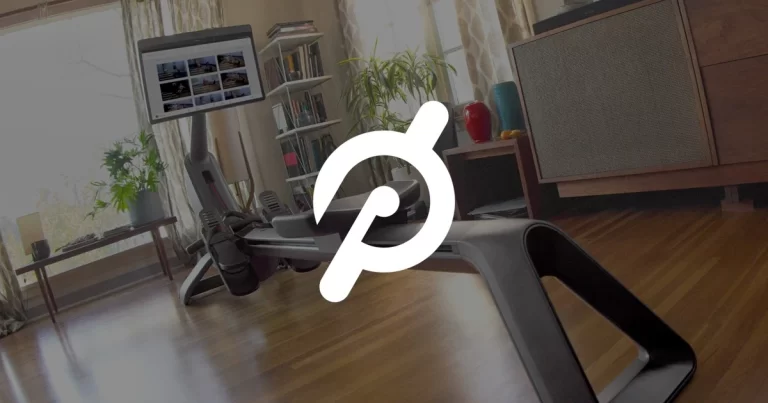In the competitive airline industry, Southwest Airlines has consistently stood out with its unique business strategies. Among its many innovations, the point-to-point flights model and the policy of no assigned seats have garnered significant attention. This business case study delves into how Southwest implemented these strategies, the challenges it faced, and the subsequent benefits. Additionally, we will explore how other competitors later adopted similar approaches and the valuable business lessons derived from Southwest’s experience.
Southwest Airlines: A Trailblazer in Aviation
Founded in 1967 by Herb Kelleher and Rollin King, Southwest Airlines began operations in 1971. Headquartered in Dallas, Texas, Southwest has grown to become one of the largest low-cost carriers in the world. Known for its commitment to customer service, operational efficiency, and innovative strategies, Southwest has maintained profitability for decades in an industry often plagued by financial turbulence.
Navigating the Competitive Airline Landscape
In the early days, Southwest faced intense competition from established airlines, regulatory challenges, and high operational costs. To differentiate itself and achieve profitability, Southwest needed to find innovative ways to streamline operations, reduce costs, and attract customers. The traditional hub-and-spoke model used by major airlines involved routing flights through central hub airports, leading to increased travel times and higher operational complexities. Additionally, the practice of assigning seats often resulted in boarding delays and reduced aircraft turnaround times.
Implementing Point-to-Point Flights
Southwest’s solution was to implement a point-to-point flight model, which involved flying directly between smaller city pairs rather than routing through a central hub. This approach offered several advantages:
- Reduced Travel Times: Direct flights between cities eliminated the need for layovers, reducing overall travel times for passengers.
- Increased Frequency: Point-to-point flights allowed Southwest to offer more frequent services on popular routes, enhancing convenience for travelers.
- Lower Operational Costs: By avoiding congested hub airports, Southwest reduced airport fees and minimized delays, leading to cost savings.
No Assigned Seats Policy
To further streamline operations and enhance customer experience, Southwest introduced a no assigned seats policy. This strategy, often referred to as open seating, allowed passengers to choose their seats upon boarding. The benefits included:
- Faster Boarding: Without the need to adhere to a pre-assigned seating arrangement, passengers could board quickly, reducing turnaround times.
- Operational Efficiency: Faster boarding and deplaning contributed to Southwest’s ability to maintain a high utilization rate for its aircraft.
- Flexibility for Passengers: Passengers appreciated the flexibility to choose their preferred seats, enhancing customer satisfaction.
Results/Benefits
Achieving Operational Excellence and Customer Loyalty
The implementation of point-to-point flights and the no assigned seats policy yielded remarkable results for Southwest Airlines:
- Increased Profitability: The streamlined operations and cost savings contributed to Southwest’s sustained profitability. The airline reported net income for 47 consecutive years through 2020.
- Enhanced Customer Experience: The convenience of direct flights and the flexibility of open seating garnered positive feedback from passengers, leading to increased customer loyalty.
- Operational Efficiency: Southwest’s efficient boarding process and reduced turnaround times allowed it to achieve industry-leading on-time performance rates.
- Market Leadership: By 2020, Southwest had become the largest domestic airline in the United States, serving over 100 destinations and carrying more passengers domestically than any other airline.
Southwest Airlines has consistently demonstrated resilience and adaptability, becoming a hallmark of success in the aviation industry. From achieving a revenue of $22.4 billion in 2019 with a net income of $2.3 billion to facing the challenges of the pandemic in 2020 with a $3.074 billion loss, Southwest’s financial journey underscores its strategic prowess. By 2022, the airline rebounded with $23.814 billion in revenue, showcasing its ability to adapt and recover. This trajectory highlights the importance of operational efficiency, customer-centric strategies, and innovation in sustaining growth amidst challenges. Southwest’s model serves as a benchmark for navigating industry fluctuations.
Southwest Airlines has consistently focused on operational efficiency and customer satisfaction, reflected in its steady performance over the years. In 2022, the airline enplaned 156.982 million passengers, demonstrating a robust recovery from pandemic-induced disruptions. With services expanded to 121 destinations, Southwest strengthened its network reach while maintaining an impressive on-time performance of 81.5%. These metrics highlight the airline’s ability to balance operational challenges with strategic growth, cementing its position as a leader in the aviation industry. Southwest’s model of adaptability and focus on efficiency continues to set benchmarks in air travel.
Adoption of Similar Strategies by Competitors
Recognizing the success of Southwest’s strategies, several competitors began to adopt similar approaches:
- JetBlue Airways: JetBlue introduced a version of open seating by allowing passengers to select their seats during check-in, aiming to speed up the boarding process.
- Allegiant Air: Allegiant adopted a point-to-point network, focusing on direct flights between smaller cities, reducing reliance on hub airports.
- Ryanair: The European low-cost carrier implemented open seating on its flights, similar to Southwest, to enhance boarding efficiency and reduce turnaround times.
Business Lessons from Southwest Airlines
By challenging the hub-and-spoke model with point-to-point flights and open seating, Southwest Airlines revolutionized the airline industry, offering faster travel and lower fares.
Southwest Airlines’ innovative approach to point-to-point flights and no assigned seats revolutionized the airline industry. The key lessons from this case study include:
- Innovation in Business Models: Challenging traditional models can lead to significant competitive advantages and operational efficiencies.
- Customer-Centric Approach: Prioritizing customer convenience and flexibility can drive loyalty and positive brand perception.
- Operational Efficiency: Streamlining processes to reduce costs and improve turnaround times is crucial for sustained profitability.
Southwest’s success story underscores the importance of continuous innovation and adaptability in achieving and maintaining market leadership.




